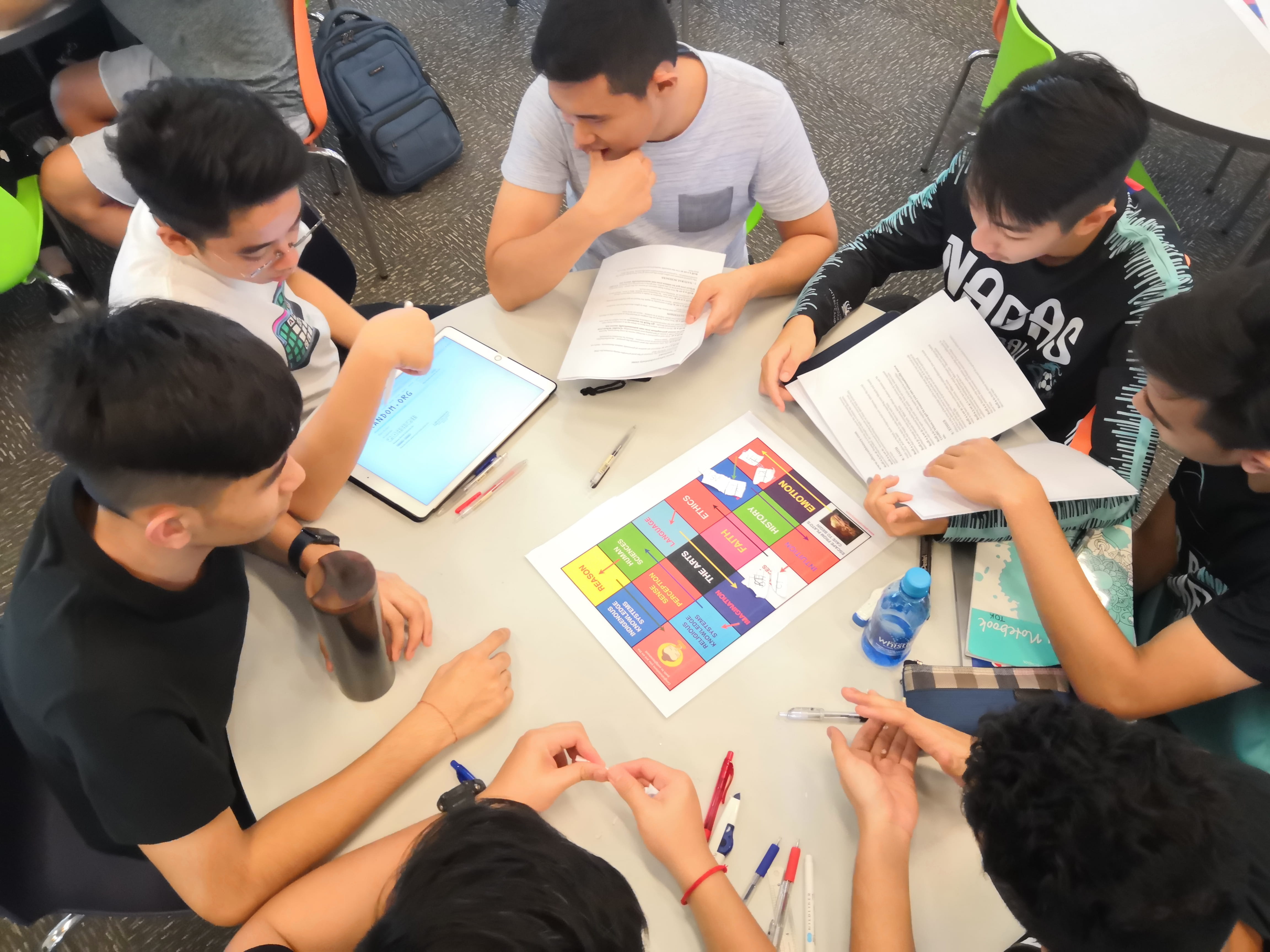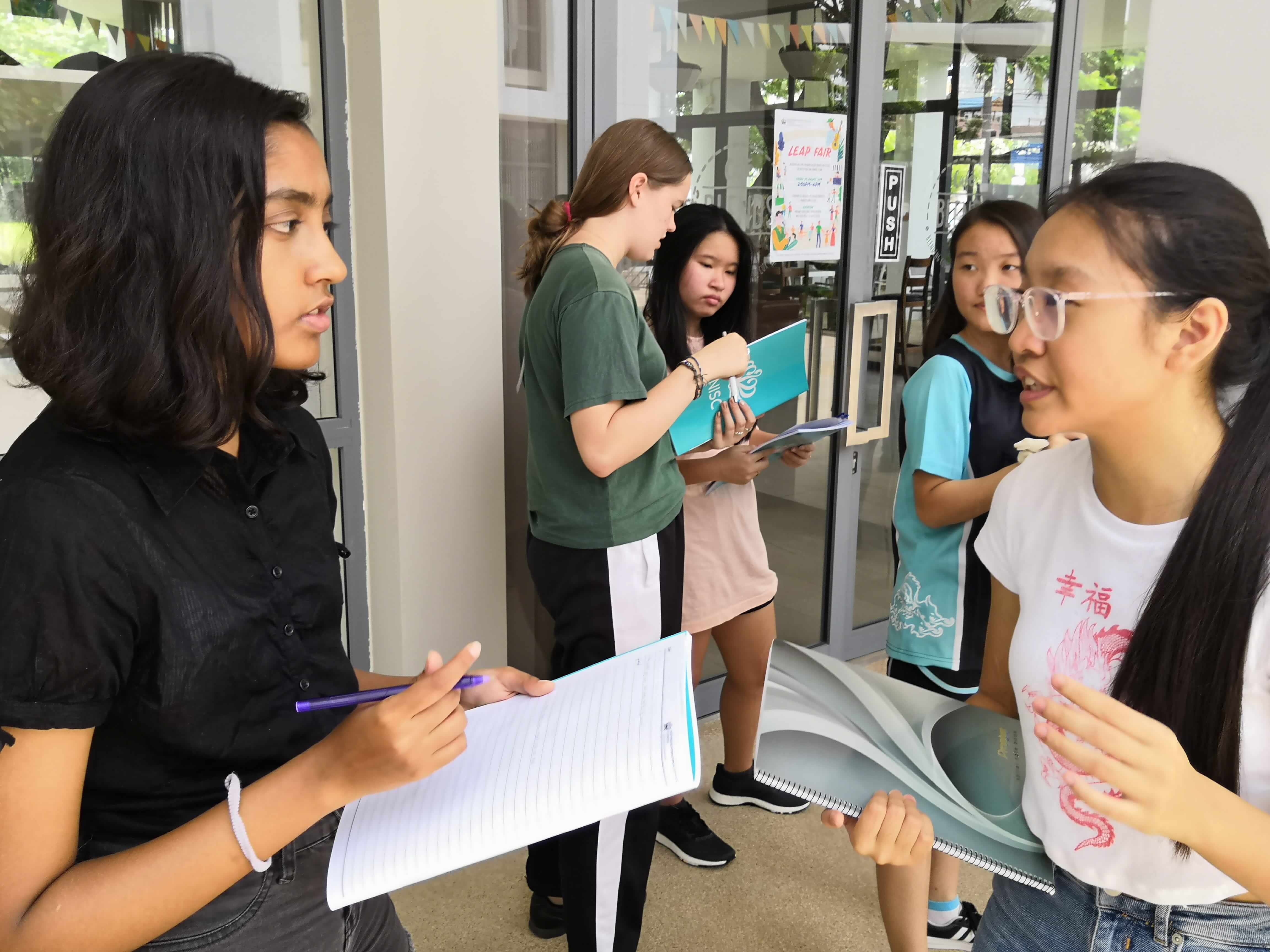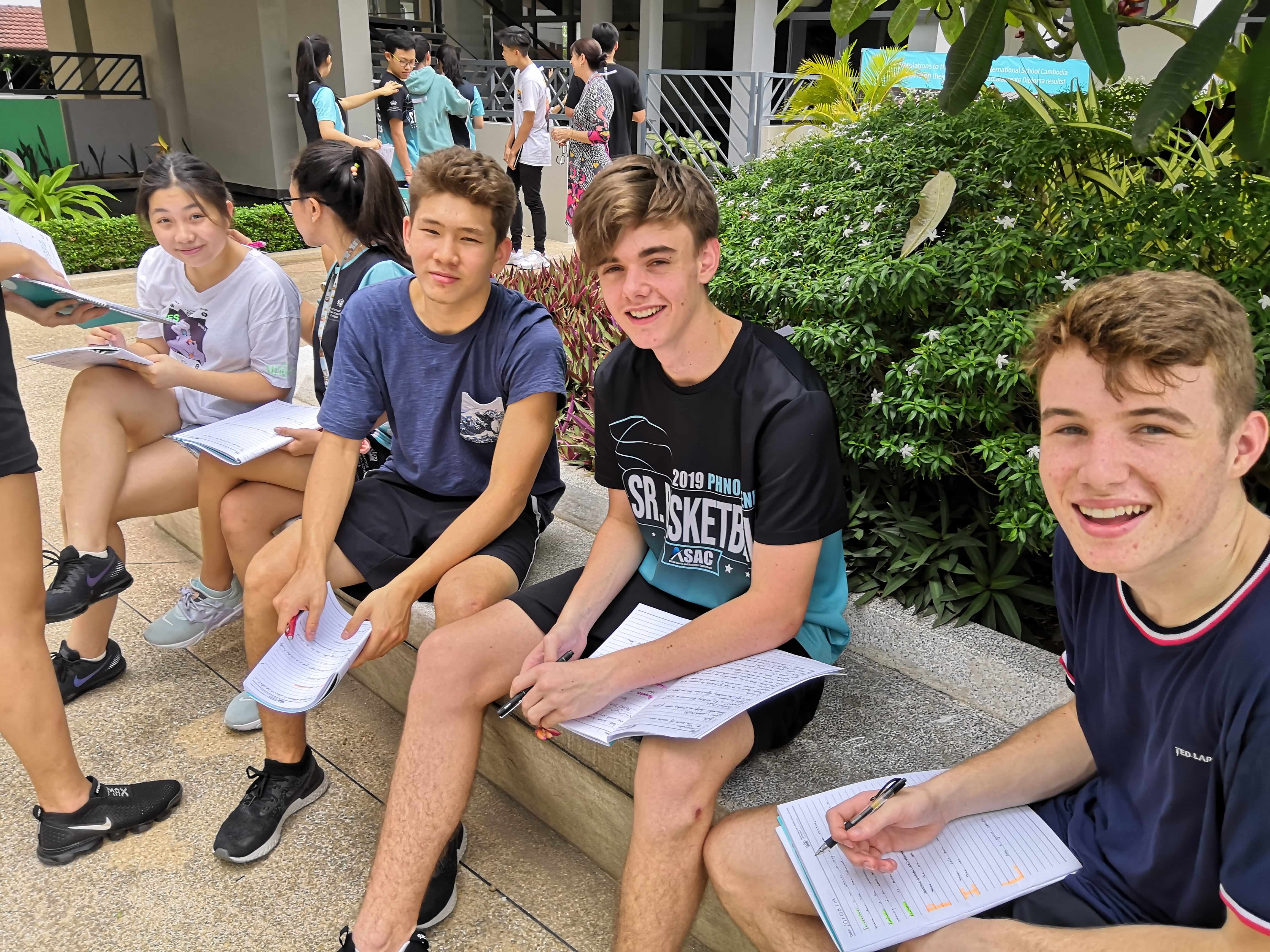We use cookies to improve your online experiences. To learn more and choose your cookies options, please refer to our cookie policy.
- Discover more
- Parent Essentials
- News
- Calendar
- Apply now
- Discover more
- Parent Essentials
- News
- Calendar
- Apply now

Theory of Knowledge (TOK) is a class at Northbridge International School Cambodia that challenges the students to explore the intellectual strength of the foundation underlying their own knowledge. For many this is a challenging task as their education up to this point has been based on receiving knowledge from their teachers in school, their family and through their own experiences outside of school.
Most have accepted this knowledge with question. For many it is the first time they have been asked to evaluate the difference between fact, opinion and belief. What should be believed on social media? How does technology change the way knowledge is communicated? What community of knowers am I a part of?
These are just a few of the questions explored over two years. TOK is a required class that all Grade 11 and Grade 12 students must pass if they wish to achieve the International Baccalaureate (IB) Diploma.
Every 6 to 8 years the IB puts out a new guide (a syllabus) for all of their Diploma Programme courses. This year we are implementing the new guide for TOK and it has some major changes from the previous iteration. As is usually the case with a new syllabus, some things have been taken out, and others have been added. A major adjustment in the new guide, and one that is of paramount importance to the students as well as their educators, is the removal of the TOK Presentation assessment and its replacement with the TOK Exhibition.
The TOK Presentation presented the students’ with an opportunity to explore the link between TOK and the real world. The new TOK Exhibition also gives the students an opportunity to do this, but in a new and unique way.
The Presentation was usually completed in pairs, as an exploration of a Real Life Situation (RLS) which asked the students to create a Knowledge Question (KQ) and explore this question using TOK thinking. A form was used by the IB to moderate the work of the students.
Now, under the new guide, the students are asked to choose 3 objects and make connections between them and a statement related to knowledge. They are required to write approximately 300 words about each object and its connection to a KQ provided by the IB. Here are some examples of the 35 statements available for the students to connect their object to.


Students can choose any 3 items they like (photographs are acceptable) but they must connect all three to only one prompt. The TOK teachers at NISC make sure to give the students many opportunities to practice the skills necessary to attain high marks in this assessment.
To assist in this I have recently been working with other TOK teachers from around the world to further my own knowledge and skills through an IB online course designed to upskill the participants.
We have looked at some of the important building blocks of the course, such as the Key Concepts, and worked together to design activities which will give the students the ability to draw the necessary insights from their objects and make connections to the prompts. Part of this is to look at other exhibitions submitted to the IB from around the world. This is possible because the IB has tested the process at various schools around the world in the months leading up to the release of the new guide.
I have found this training, and particularly the interactions with other teachers, to be very helpful in clarifying the best approaches to the new guide and the content it contains. It is always exciting to share ideas and questions with other passionate teachers and because of the changes in the syllabus we have fielded and answered many pressing questions.
I look forward to sharing the knowledge I have gained with my fellow TOK teachers at NISC and know that ultimately the students will benefit from the collective wisdom I have been fortunate to share.